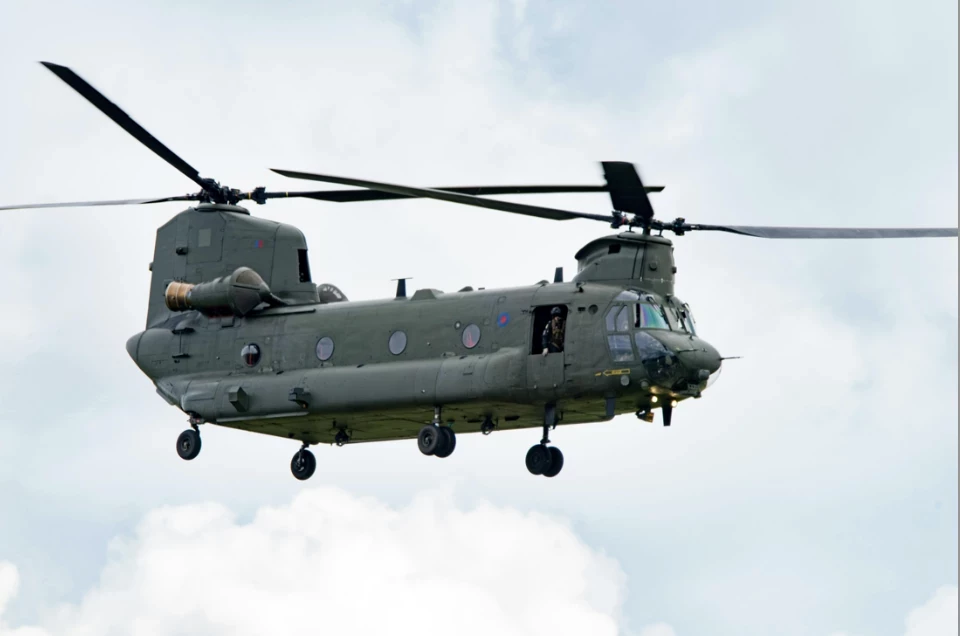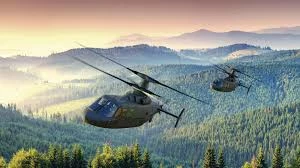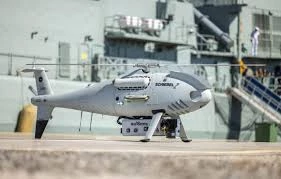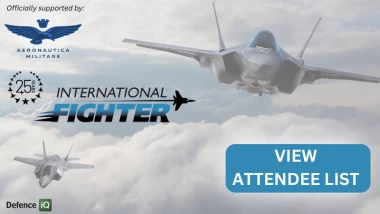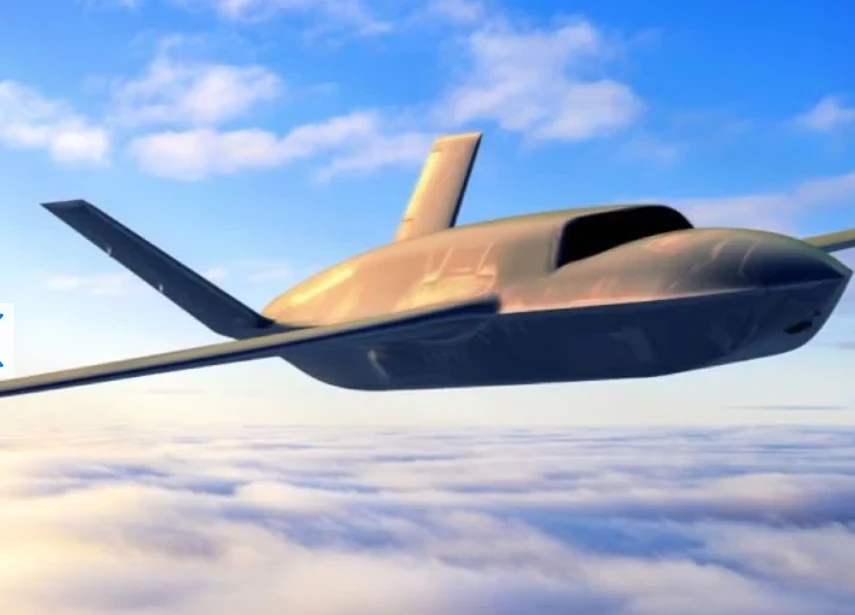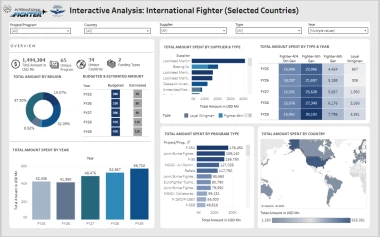Advances in AI could put future fighter pilots out of work
Add bookmarkIn March this year, Silicon Valley types were abuzz with the news of how Google’s new Artificial Intelligence, AlphaGo, or AI in the jargon, took on the world’s best player of Go, a fiendishly complex board game, and won a decisive 4-1 victory. This is a far cry from when IBM’s Deep Blue supercomputer beat chess grandmaster, Gary Kasparov in 1997 because ancient Chinese game, Go, massively rivals chess in it’s complexity.
Equally important to AI researchers in the military domain is can you teach a computer to fly a fighter jet and win in a dogfight? The answer is a resounding 'yes' as retired US Air Force Colonel Gene Lee admitted in June this year after he battled it out in a flight simulator against the AI named ALPHA developed jointly by US company, Psibernetix, the US Air Force Research Laboratory (AFRL) and the University of Cincinnati.
“I was surprised at how aware and reactive [the AI] was. It seemed to be aware of my intentions and reacting instantly to my changes in flight and my missile deployment. It knew how to defeat the shot I was taking. It moved instantly between defensive and offensive actions as needed”, said Colonel Lee as reported in the university’s UC Magazine.
Since that first human vs. ALPHA encounter in the simulator, the AI has repeatedly bested other experts as well, and is even able to win out against human experts when the aircraft controlled by ALPHA are deliberately handicapped in terms of speed, turning ability, missile capability and sensors.
The grand feat here is not that the AI beat a seasoned fighter pilot and instructor. As opposed to Google’s effort, using a hugely powerful supercomputer to achieve it’s victory, the researchers at the University of Cincinnati achieved their coup using the relatively puny computing power of a small, cheap Raspberry Pi that retails for as little as £35.
“The trick was to use what is called a Genetic Fuzzy Tree system which is a sub-type of fuzzy logic”, explained Nick Ernest, the CEO of Psibernetix.
Ernest is also a speaker at this year’s International Fighter Conference taking place in London on the 15-17 of November.
Ernest believes that teaming artificial intelligence with U.S. air capabilities will represent a revolutionary leap. Air combat as it is performed today by human pilots is a highly dynamic application of aerospace physics, skill, art, and intuition to manoeuvre a fighter aircraft and missiles against adversaries, all moving at very high speeds. After all, today’s fighters close in on each other at speeds in excess of 1,500 miles per hour while flying at altitudes above 40,000 feet. Microseconds matter, and the cost for a mistake is very high. ALPHA can take in the entirety of sensor data, organize it, create a complete mapping of a combat scenario and make or change combat decisions for a flight of four fighter aircraft in less than a millisecond.
“That is over 250 times faster than ALPHA’s human opponents can blink”, Ernest pointed out.
We have a lot of questions for Ernest when we see him this November, but the biggest question on our minds is not that ALPHA can do a better job than humans in the cockpit of a fighter jet—that bit is clear. There is no doubt that AI-piloted fighters will be superior to their human-piloted counterparts and a game-changer in air combat. The question is how to overcome the fears of the ordinary public who are unlikely to feel comfortable about letting AIs like ALPHA make split-second decisions independently and pull the trigger that fires a real missile.
This op-ed first appeared in The Bulletin, ADIT's defence and aerospace newsletter, issue 334. Any opinion expressed is solely that of the author.
[inlinead]










